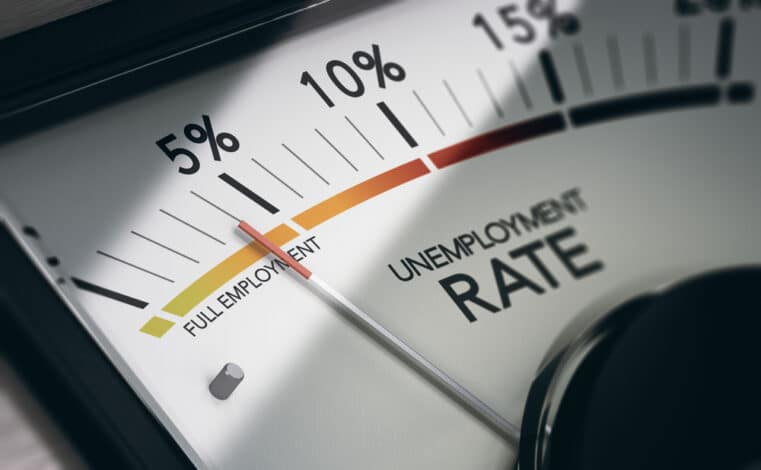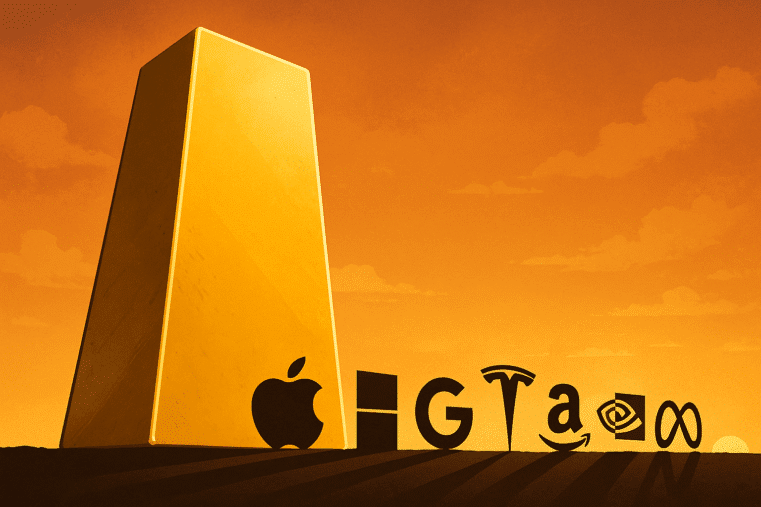
Explainer: What’s Really Behind the Push to Abolish the Bureau of Labor Statistics?
Why Is the BLS Suddenly a Target?
The Bureau of Labor Statistics (BLS) has long been considered one of the federal government’s most “neutral” agencies—tasked with measuring things like inflation, unemployment, wages, and productivity. If you’ve ever heard the latest jobs numbers or the inflation rate quoted in the news, odds are they came straight from the BLS.
But recently, that reputation for neutrality has taken a serious hit. In August, President Donald Trump fired BLS Commissioner Erika McEntarfer after a July jobs report didn’t reflect what he believed was the true state of the economy. Trump claimed the numbers were manipulated for political reasons and moved to replace her with an ally.
It made headlines, sparked outrage in mainstream media, and reignited a much older—and deeper—debate: Do we actually need the BLS at all? Or is it part of the problem?
The Deeper Question: What Is the BLS For?
Trump’s move was political, no doubt. But behind the politics lies a philosophical and economic critique that’s been around for decades.
According to free-market economists like Murray Rothbard, the very existence of agencies like the BLS is part of a larger problem: the government’s growing role in managing and directing the economy. The data these agencies produce—however well-intentioned—gives Washington the tools it needs to justify new regulations, stimulus programs, money printing, and interest rate manipulation.
In simpler terms: no data, no excuse to meddle.
A History Rooted in Control
The BLS wasn’t born out of a need for transparency—it was created during a time when central planning was fashionable. It was the Progressive Era, and many influential thinkers believed that experts (not markets) should manage the economy. Statistics became the backbone of that vision.
Rothbard and others have argued that this setup is fundamentally flawed. Why? Because the statistics are used not to inform the public, but to empower bureaucrats and justify interventionist policies—many of which end up distorting the economy even further.
As Rothbard famously put it, “Statistics are the eyes and ears of the interventionists.” Cut off that visibility, and much of the government’s ability to interfere vanishes.
But Don’t We Need Economic Data?
It’s a fair question. We all want to understand what’s happening in the economy—whether we’re running a business, managing a household, or planning for retirement.
But here’s the key distinction: we don’t need the government to be the one collecting or controlling that data.
In today’s world, private companies, research institutions, and even independent analysts have access to massive amounts of economic information. They can (and already do) track employment trends, inflation indicators, wage growth, and more—often with greater speed and accuracy than the BLS.
Just like we don’t rely on government-run newspapers to stay informed, we don’t necessarily need a $700 million agency with 2,300 employees to tell us what’s happening in the economy.
So What’s the Real Problem?
It’s not that the BLS always gets the numbers wrong. It’s that the numbers themselves become tools of manipulation.
Think about it:
- Inflation figures that understate the real cost of living
- Jobs reports that get revised months later, after they've already shaped markets and headlines
- “Productivity” stats that gloss over stagnant wages or declining work conditions
Once the government starts using numbers to sell a narrative, you stop getting objective data—and start getting propaganda.
What This Means for You
This debate isn't just about Trump or one agency. It’s about how much trust—and how much power—we give to central authorities to manage something as complex and dynamic as the economy.
And more importantly, it’s about what happens when that power is abused.
Inflation doesn't just “happen.” It’s engineered. Recessions don’t strike like lightning—they’re often the result of overreach, mismanagement, or politically driven policy. And agencies like the BLS often provide the data used to justify those moves.
That’s why this issue matters to anyone trying to protect their savings, retirement, or financial future.
What Can You Do About It?
The system isn’t going to change overnight. But you can start protecting yourself from the consequences of flawed policy and manipulated data right now.
Here’s where to begin:
👉 Download our free guide:
📘 7 Steps to Protect Your Account from Bank Failure
👉 Want the big-picture strategy?
📕 Read Bill Brocius’ bestselling book, End of Banking As You Know It
👉 For real-time insight and no-nonsense analysis:
🔒 Subscribe to Bill’s Inner Circle Newsletter for $19.95/month
You don’t have to trust the system. You just need to outsmart it. And that starts with understanding how the numbers work—and who’s writing them.
Eric Blair is a senior writer at Dedollarize News and former currency trader. He focuses on inflation risk, state overreach, and financial sovereignty in an age of collapsing trust.










